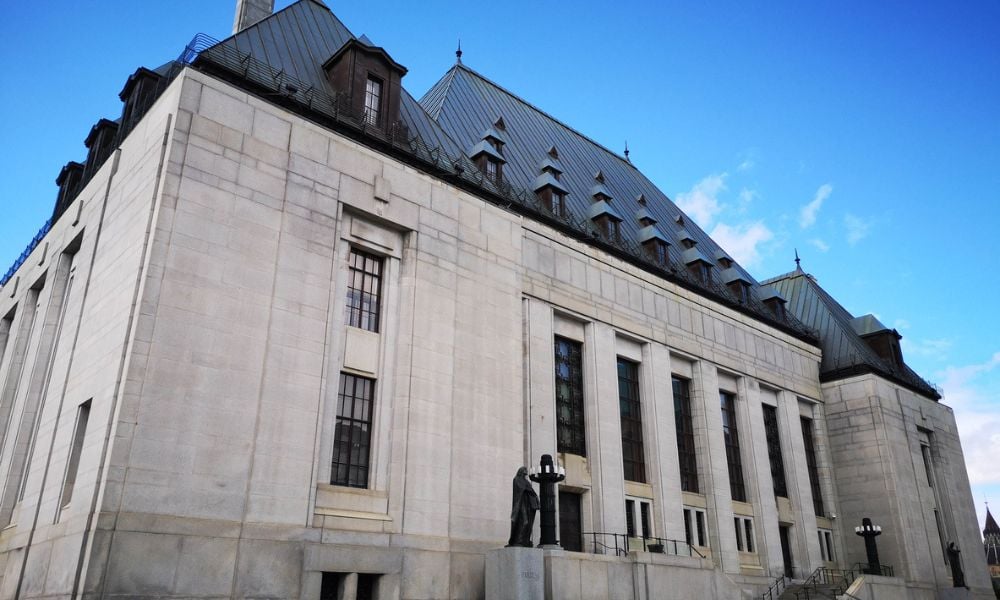Statement of defence revealed potential involvement

The Ontario Superior Court of Justice for Ontario has allowed a physician not contained in emergency department records of an incident even though the plaintiff’s lawyers were certain that another physician was responsible.
In Spry v. Southlake Regional Health Centre et al., 2022 ONSC 1783, Spry attended Southlake a hospital in Newmarket, Ont., in 2018, complaining of pain in her right arm. She was allegedly treated by Dr. Mak, the attending physician on record. Mak assessed her with possible neuropathic pain, gave her a prescription, and discharged her that same night. Since her pain persisted, Spry went to the emergency department at Markham Stouffville Hospital in Markham, Ont., where she was diagnosed with acute limb ischemia and underwent surgery. She was left with a permanent, serious injury to her right hand and arm.
Spry retained counsel with extensive expertise in medical malpractice. After consulting with an expert, Spry sued Southlake and Mak for negligent failure to properly assess and treat her. Spry’s counsel and expert witness believed that, at least up to the examination for discovery, that Mak was responsible for Spry’s care.
In his defence, Mak alleged that his shift ended during her visit and her care was assumed by another physician. This other physician was identified as a Dr. Shin, and Spry filed a motion to add him as a defendant, relying on the doctrine of misnomer.
In response, Shin argued that Spry’s statement of claim failed the litigating finger test, or alternatively that it was statute-barred.
The court disagreed.
“The litigating finger test requires that the proposed defendant know from the pleaded allegations, not the material facts, that the accusatory digit is directed at them,” said the court.
Contrary to Shin’s allegations, Spry’s counsel did not manifest a “profound lack of diligence in ascertaining the identities” of the physicians in question, said the court. The emergency department records reflected that only Mak was identified as the attending physician despite Shin’s name reflecting on another record, and if it was a mistake not to name Shin as a defendant initially, it was unintentional and understandable, said the court.
As to whether the claim was statute-barred, the court ruled that “a claim is discovered when the plaintiff has knowledge, actual or constructive, of the material facts upon which a plausible inference of liability on the defendant’s part can be drawn.”
Despite Spry’s lawyer’s failure to recognize Shin’s participation, the court did not find any carelessness or lack of diligence in ascertaining Shin’s identity. Discoverability focuses on the plaintiff’s knowledge of the existence of a potential claim, not the identity of a potential tortfeasor, said the court, and the limitation began when Mak delivered his statement of defence revealing that another physician took over Spry’s care.










